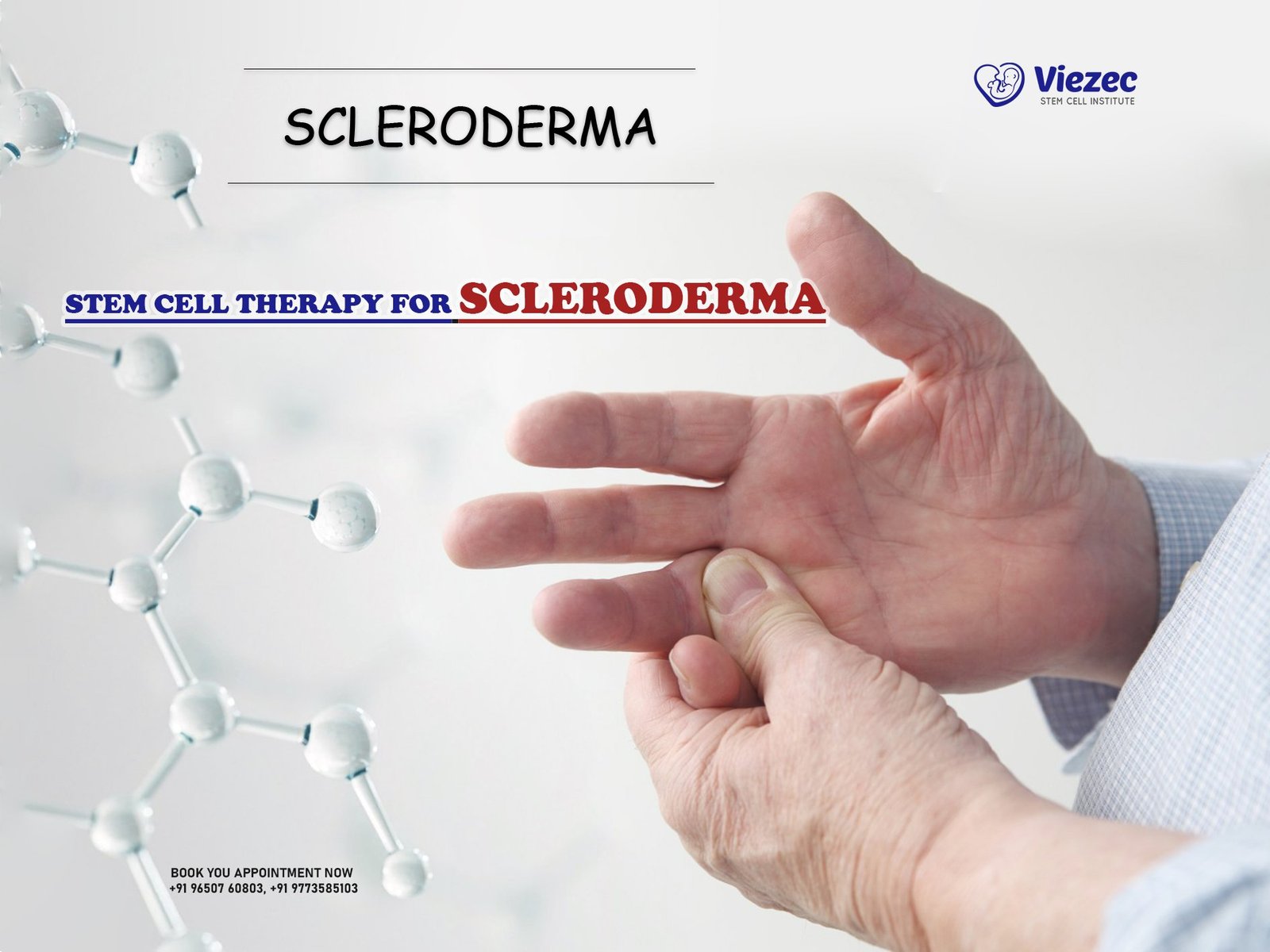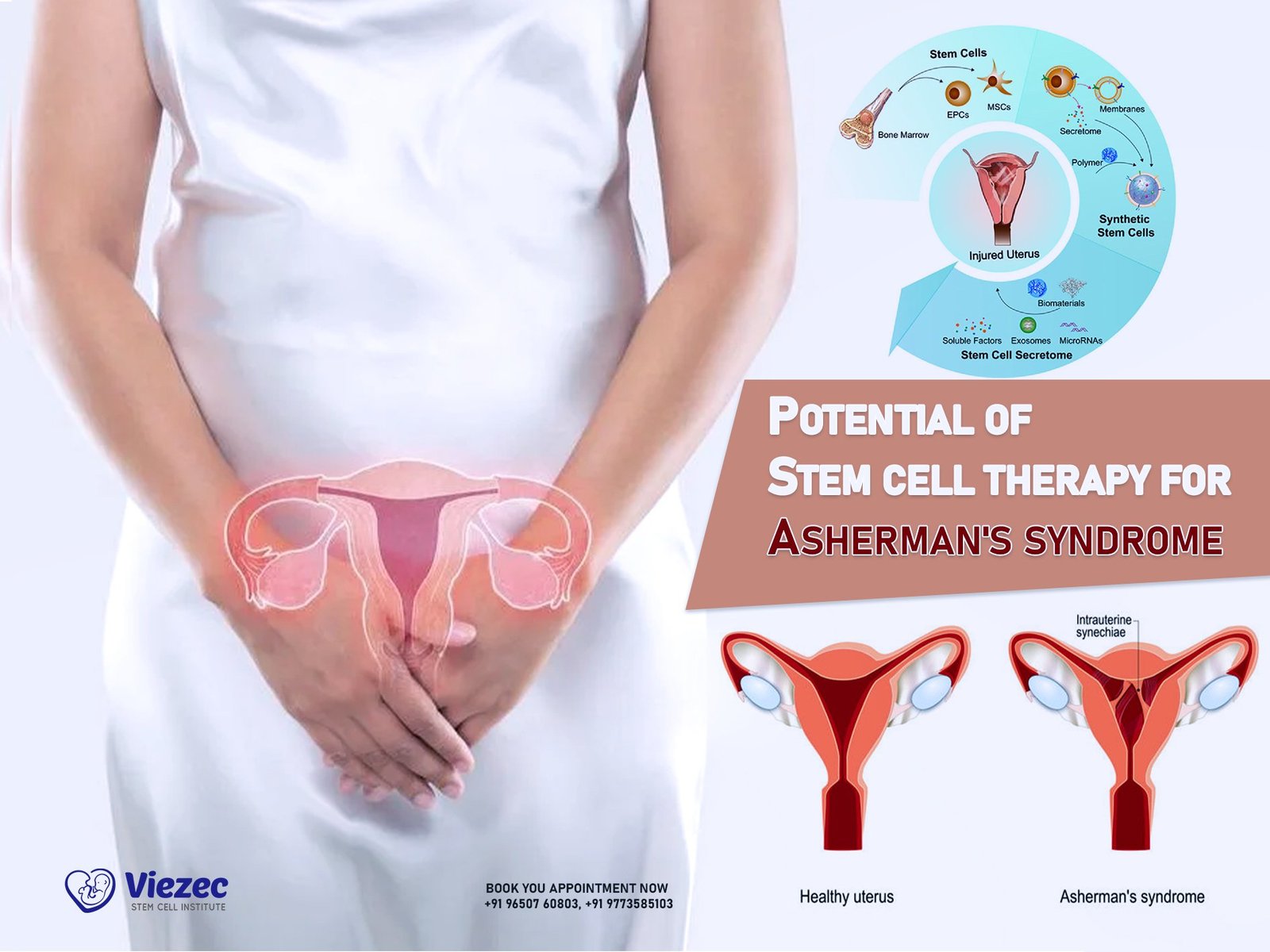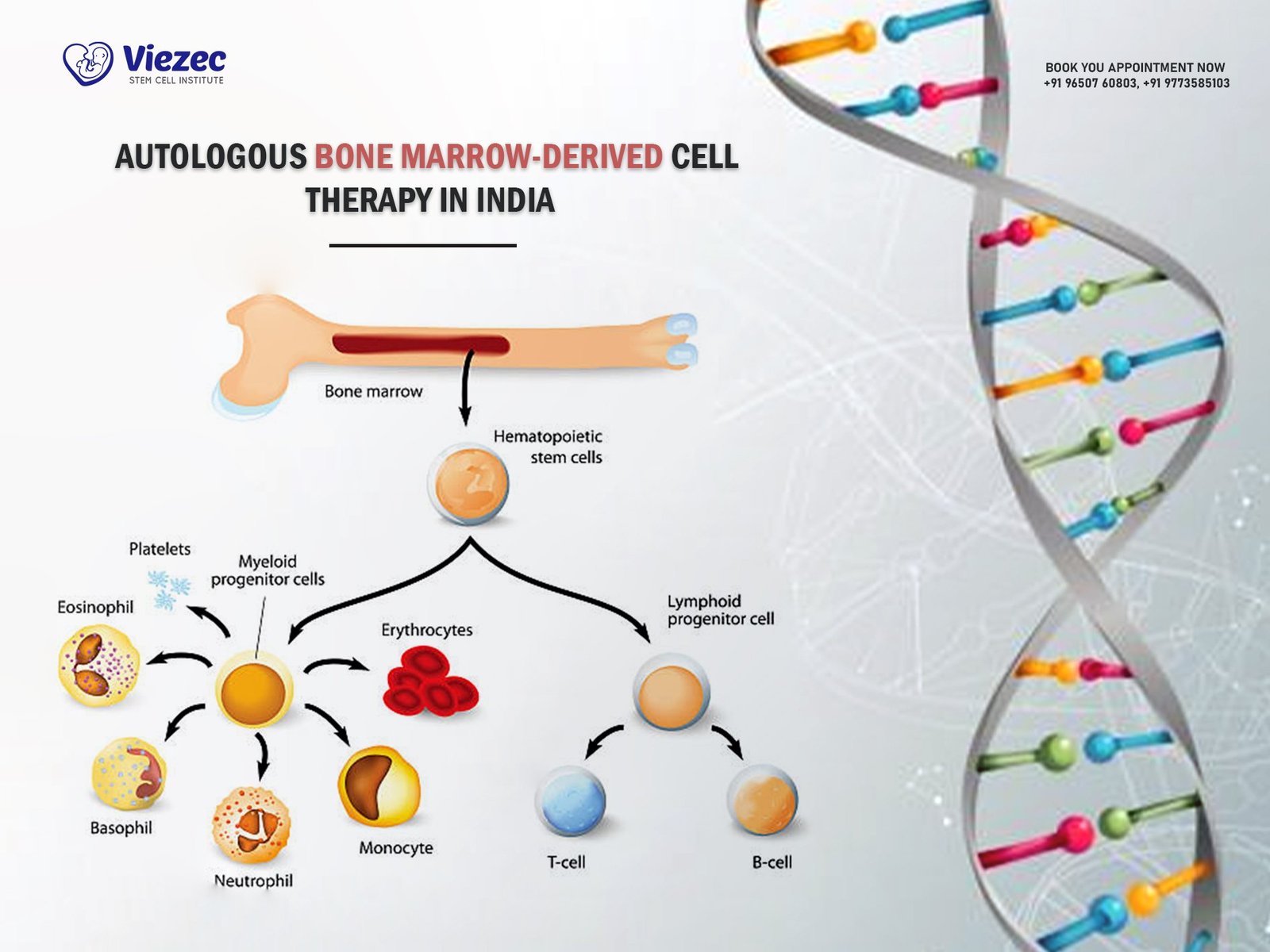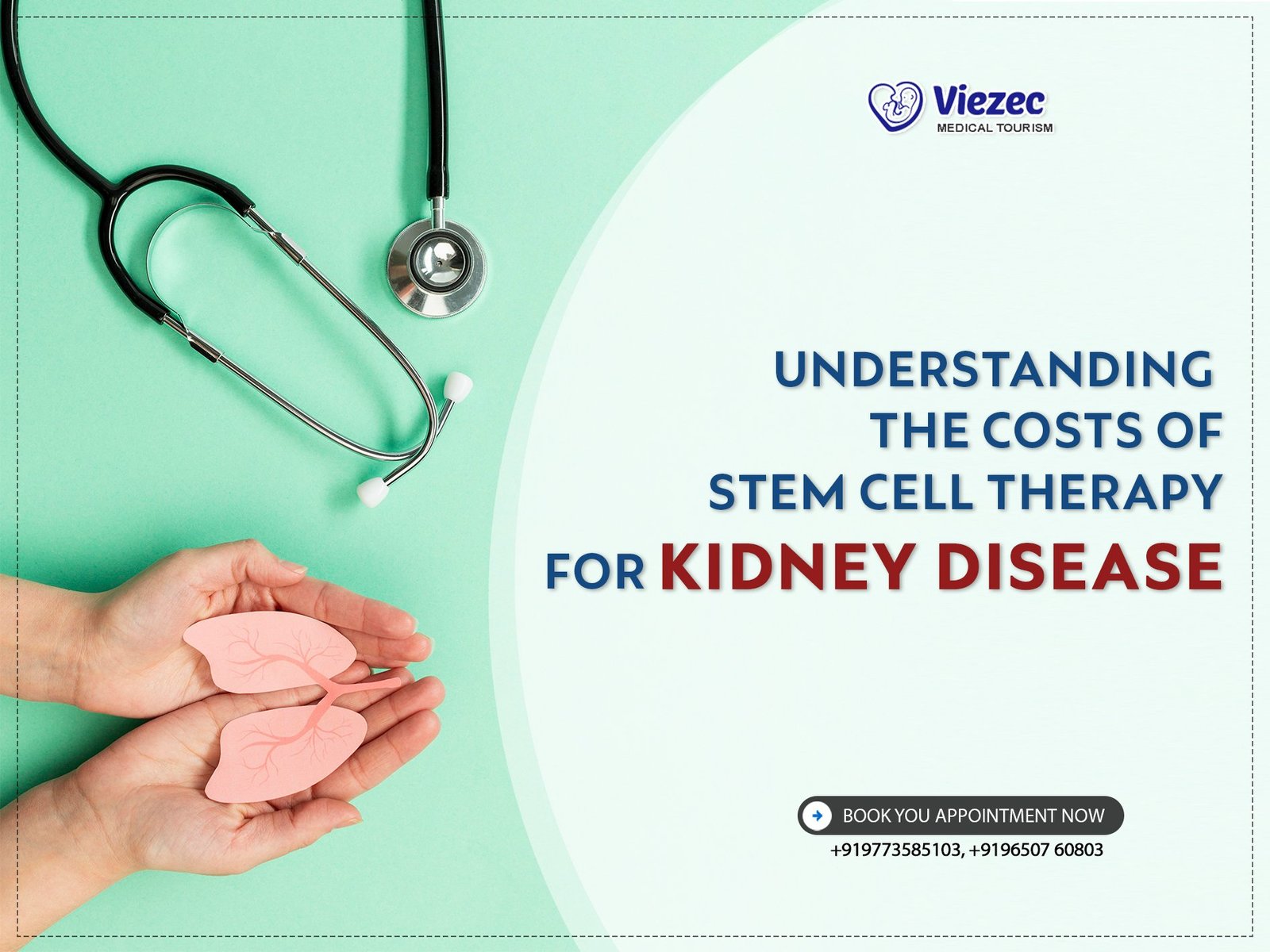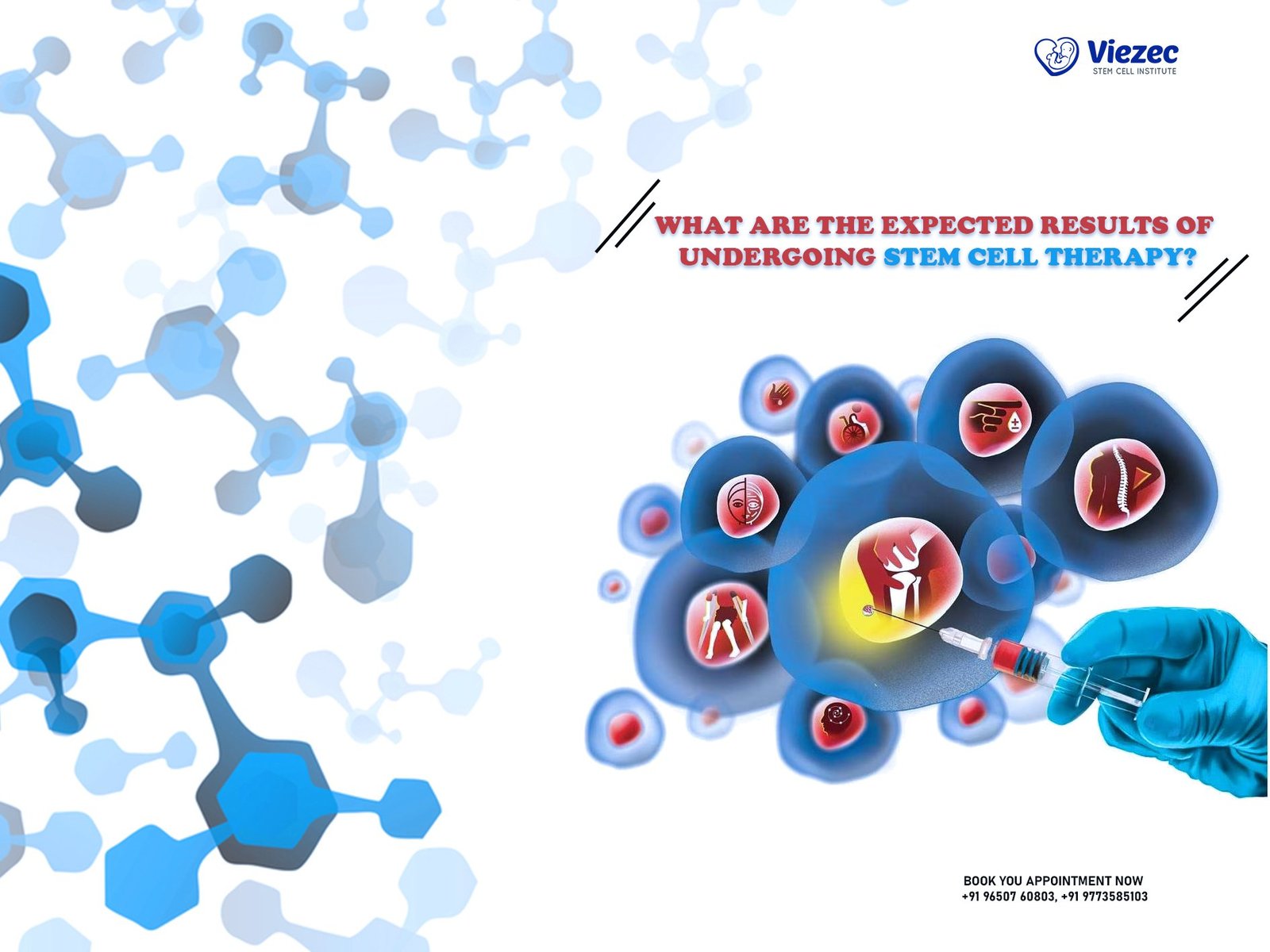Scleroderma, derived from the Greek words “skleros” meaning hard, and “derma” meaning skin, is a chronic autoimmune disorder characterized by abnormal growth of connective tissue, leading to thickening and hardening of the skin and internal organs. This condition primarily affects the skin, but it can also involve the blood vessels, muscles, and internal organs such as the lungs, heart, kidneys, and digestive system.
Types of Scleroderma
There are two main types of scleroderma: localized scleroderma and systemic sclerosis. Localized scleroderma mainly affects the skin, while systemic sclerosis involves not only the skin but also internal organs. Within systemic sclerosis, there are two subtypes: limited cutaneous systemic sclerosis and diffuse cutaneous systemic sclerosis, each with its own distinct clinical features and disease progression.
Symptoms and Progression
Symptoms of scleroderma vary widely depending on the subtype and organs involved but may include skin thickening, Raynaud’s phenomenon (discoloration of fingers and toes in response to cold or stress), joint pain, difficulty swallowing, gastrointestinal issues, shortness of breath, and fatigue. The disease progression can be unpredictable, with some individuals experiencing mild symptoms that remain stable over time, while others may face progressive and potentially life-threatening complications.
Understanding Stem Cell Therapy
What are Stem Cells?
Stem cells are undifferentiated cells with the remarkable ability to develop into various types of cells in the body. They serve as the body’s natural repair system, replenishing damaged tissues and maintaining normal physiological functions. Stem cells can be found in various tissues, including bone marrow, adipose tissue, umbilical cord blood, and embryonic tissue.
Types of Stem Cells Used in Therapy
In stem cell therapy for scleroderma, different types of stem cells may be utilized, including hematopoietic stem cells (HSCs), mesenchymal stem cells (MSCs), and adipose-derived stem cells (ASCs). Each type of stem cell has unique properties and therapeutic potential, which may influence their suitability for treating scleroderma and other autoimmune disorders.
Mechanisms of Action in Scleroderma
Stem cell therapy exerts its therapeutic effects through various mechanisms, including immunomodulation, anti-inflammatory effects, tissue repair and regeneration, and modulation of fibrosis. By targeting these pathological processes underlying scleroderma, stem cells offer the potential to halt disease progression, improve symptoms, and enhance quality of life for affected individuals.
Current Treatments for Scleroderma
Limitations and Challenges
While several treatment options are available for managing scleroderma symptoms and complications, they often provide limited efficacy and may be associated with significant side effects. Current treatments primarily focus on symptom relief and disease modification rather than addressing the underlying autoimmune and fibrotic processes driving the disease.
Need for Alternative Therapies
There is a growing recognition of the need for alternative therapies that can target the root causes of scleroderma and provide long-term benefits beyond symptomatic relief. Stem cell therapy represents a promising approach that addresses the underlying immunological abnormalities and promotes tissue repair and regeneration, offering hope for improved outcomes in scleroderma management.
Role of Stem Cell Therapy in Scleroderma Management
Stem cell therapy has emerged as a potential breakthrough in the treatment of scleroderma, offering a novel approach to modulating the immune system and reversing tissue damage associated with the disease. By harnessing the regenerative potential of stem cells, this therapy aims to restore normal tissue architecture and function, thereby improving the overall prognosis for individuals living with scleroderma.
Clinical Applications of Stem Cell Therapy
Research Progress and Findings
Numerous preclinical studies and clinical trials have investigated the safety and efficacy of stem cell therapy for scleroderma. These studies have demonstrated promising results, with improvements observed in skin thickness, disease activity, pulmonary function, and quality of life among treated patients. However, further research is needed to optimize treatment protocols and establish long-term outcomes.
Efficacy and Safety Profiles
Overall, stem cell therapy appears to be well-tolerated and safe in patients with scleroderma, with few serious adverse events reported in clinical trials. Common side effects may include temporary flu-like symptoms, local injection site reactions, and transient changes in blood counts. However, rigorous monitoring and patient selection criteria are essential to minimize risks and ensure favorable treatment outcomes.
Patient Selection Criteria and Considerations
Patient selection plays a critical role in determining the suitability of stem cell therapy for individuals with scleroderma. Factors such as disease severity, organ involvement, comorbidities, and overall health status should be carefully evaluated to identify candidates who are most likely to benefit from this treatment approach. Multidisciplinary assessment involving rheumatologists, dermatologists, pulmonologists, and other specialists is essential for comprehensive patient care.
Stem Cell Sources and Collection
Autologous vs. Allogeneic Stem Cells
Stem cells can be obtained from either the patient’s own tissues (autologous) or from a donor (allogeneic). Autologous stem cell transplantation involves harvesting stem cells from the patient’s bone marrow or adipose tissue, whereas allogeneic transplantation utilizes stem cells from a compatible donor. While autologous stem cells offer the advantage of avoiding immune rejection, allogeneic stem cells may provide a broader immunomodulatory effect due to their genetic diversity.
Bone Marrow vs. Adipose Tissue Sources
Bone marrow and adipose tissue are the two primary sources of adult stem cells used in scleroderma therapy. Bone marrow-derived stem cells have been extensively studied and have shown efficacy in modulating immune responses and promoting tissue repair. Adipose tissue-derived stem cells, obtained through liposuction procedures, offer the advantage of easier accessibility and higher cell yields, making them an attractive option for regenerative medicine applications.
Harvesting and Processing Techniques
The process of harvesting and processing stem cells involves specialized techniques to isolate and concentrate the desired cell populations. Bone marrow aspiration and adipose tissue extraction are performed under local or general anesthesia in a sterile clinical setting. Once collected, the stem cells are purified and expanded in vitro before being reinfused into the patient’s bloodstream or directly administered to target tissues using minimally invasive procedures.
Stem Cell Transplantation Techniques
Hematopoietic Stem Cell Transplantation (HSCT)
Hematopoietic stem cell transplantation involves the infusion of autologous or allogeneic stem cells derived from bone marrow or peripheral blood. High-dose chemotherapy or immunosuppressive therapy is administered prior to stem cell infusion to suppress the immune system and eliminate aberrant immune cells responsible for autoimmune reactions. HSCT aims to reset the immune system and induce tolerance to self-antigens, thereby preventing further damage to affected tissues.
Mesenchymal Stem Cell Transplantation (MSCT)
Mesenchymal stem cell transplantation involves the administration of mesenchymal stem cells obtained from bone marrow, adipose tissue, or umbilical cord blood. Unlike HSCT, MSCT does not require conditioning chemotherapy and is considered less toxic, making it suitable for patients who are unable to tolerate intensive immunosuppressive regimens. MSCs exert their therapeutic effects through paracrine signaling, immunomodulation, and differentiation into various cell types involved in tissue repair.
Challenges and Advances in Transplantation Procedures
Despite the potential benefits of stem cell transplantation in scleroderma, several challenges remain, including the risk of graft rejection, graft-versus-host disease (GVHD), infection, and organ toxicity. Ongoing research efforts focus on optimizing transplantation protocols, improving engraftment rates, enhancing stem cell homing and survival, and developing strategies to minimize adverse effects while maximizing therapeutic efficacy.
Immunomodulatory Effects of Stem Cells
Regulation of Autoimmune Responses
Stem cells possess immunomodulatory properties that enable them to regulate aberrant immune responses characteristic of autoimmune diseases such as scleroderma. Through direct cell-cell interactions and secretion of soluble factors, stem cells can suppress the activity of autoreactive immune cells, promote the generation of regulatory T cells, and restore immune tolerance to self-antigens, thereby preventing immune-mediated tissue damage.
Modulation of Inflammation and Fibrosis
Chronic inflammation and fibrosis are hallmark features of scleroderma pathology, contributing to tissue damage and organ dysfunction. Stem cells exert anti-inflammatory effects by suppressing pro-inflammatory cytokines and chemokines and promoting the secretion of anti-inflammatory factors. Additionally, stem cells have the capacity to inhibit the activation of fibroblasts and myofibroblasts, key effector cells responsible for excessive collagen deposition and tissue fibrosis in scleroderma.
Impact on Tissue Repair and Regeneration
One of the most exciting aspects of stem cell therapy is its ability to promote tissue repair and regeneration in damaged organs affected by scleroderma. Stem cells possess inherent regenerative properties and can differentiate into specialized cell types required for tissue healing, such as endothelial cells, fibroblasts, and smooth muscle cells. By enhancing angiogenesis, neovascularization, and extracellular matrix remodeling, stem cells facilitate tissue regeneration and functional recovery in scleroderma patients.
Clinical Trials and Outcomes
Overview of Ongoing Trials
A number of clinical trials are currently underway to evaluate the safety, efficacy, and long-term outcomes of stem cell therapy for scleroderma. These trials employ various stem cell sources, transplantation techniques, and treatment protocols, aiming to address unanswered questions regarding patient selection, optimal dosing, timing of intervention, and sustainability of therapeutic effects.
Key Findings and Clinical Endpoints
Preliminary findings from clinical trials suggest that stem cell therapy holds promise as a potential disease-modifying treatment for scleroderma. Improvements in skin involvement, pulmonary function, quality of life, and overall disease activity have been reported in treated patients, although the magnitude of response may vary among individuals. Long-term follow-up is essential to assess the durability of treatment effects and monitor for late complications.
Challenges and Future Directions in Clinical Research
Despite the encouraging results observed thus far, several challenges need to be addressed to further advance the field of stem cell therapy for scleroderma. These include standardization of treatment protocols, optimization of patient selection criteria, identification of predictive biomarkers, elucidation of mechanisms underlying treatment response, and integration of stem cell therapy into routine clinical practice. Collaborative efforts involving researchers, clinicians, industry partners, and patient advocates are essential to overcome these challenges and accelerate progress in stem cell-based regenerative medicine.
Safety and Adverse Events
Risk of Graft vs. Host Disease (GVHD)
Allogeneic stem cell transplantation carries the risk of graft rejection and graft-versus-host disease, whereby donor immune cells attack the recipient’s tissues, leading to potentially life-threatening complications. Strategies to mitigate GVHD risk include careful donor selection, T cell depletion of donor grafts, administration of immunosuppressive medications, and supportive care measures. Close monitoring and early intervention are crucial for minimizing GVHD-related morbidity and mortality in transplant recipients.
Infection Risks and Immunological Complications
Stem cell transplantation can predispose patients to opportunistic infections due to prolonged immunosuppression and disruption of mucosal barriers. Prophylactic antimicrobial therapy, vaccination strategies, and stringent infection control measures are employed to reduce infection risks and improve patient outcomes. In addition, vigilance is required to monitor for immunological complications such as autoimmune phenomena, cytopenias, and secondary malignancies associated with stem cell therapy.
Long-Term Monitoring and Follow-Up Protocols
Long-term surveillance is essential to monitor for disease relapse, late complications, and treatment-related sequelae following stem cell transplantation. Regular clinical assessments, laboratory monitoring, imaging studies, and functional testing are performed to evaluate treatment response and detect early signs of disease recurrence or adverse events. Multidisciplinary care coordination and patient education are critical for ensuring optimal long-term outcomes and quality of life for scleroderma survivors.
Cost and Accessibility
Economic Considerations of Stem Cell Therapy
The cost of stem cell therapy for scleroderma can be substantial, encompassing expenses related to stem cell harvesting, processing, transplantation procedures, hospitalization, supportive care, and follow-up monitoring. Economic factors such as healthcare reimbursement policies, insurance coverage limitations, and out-of-pocket expenses may influence patient access to stem cell transplantation and contribute to disparities in treatment affordability and availability.
Insurance Coverage and Reimbursement Issues
Navigating insurance coverage and reimbursement challenges can pose significant barriers to accessing stem cell therapy for scleroderma patients. Insurance policies may vary in terms of coverage criteria, preauthorization requirements, network restrictions, and reimbursement rates for stem cell transplantation services. Advocacy efforts aimed at expanding insurance coverage and streamlining reimbursement processes are essential to ensure equitable access to innovative therapies for individuals with scleroderma.
Addressing Disparities in Access to Treatment
Disparities in healthcare access and utilization may exacerbate inequities in access to stem cell therapy for underserved populations, including racial and ethnic minorities, low-income individuals, and rural residents. Socioeconomic factors, geographic location, healthcare infrastructure, and cultural beliefs can all influence the availability and uptake of stem cell transplantation services. Community outreach, patient education, and policy initiatives are needed to address these disparities and promote equitable access to advanced medical treatments for all patients with scleroderma.
Combination Therapies and Synergistic Approaches
Integrating Stem Cell Therapy with Conventional Treatments
Stem cell therapy holds promise as a complementary or adjunctive treatment modality to conventional therapies for scleroderma. Combination approaches that target different pathogenic pathways involved in the disease, such as immunosuppression, vasodilation, and antifibrotic agents, may offer synergistic benefits and improve overall treatment outcomes. Multimodal treatment regimens tailored to individual patient needs and disease characteristics are likely to yield the best results in managing scleroderma effectively.
Complementary Therapeutic Modalities
In addition to stem cell therapy and conventional pharmacological interventions, various complementary and alternative therapies may play a supportive role in scleroderma management. These may include physical therapy, occupational therapy, pulmonary rehabilitation, nutritional counseling, psychosocial support, and mind-body interventions such as yoga, meditation, and acupuncture. Integrative approaches that address the holistic needs of patients can enhance symptom control, functional status, and overall well-being.
Optimizing Treatment Protocols for Enhanced Outcomes
Optimal treatment outcomes in scleroderma require a personalized and multidisciplinary approach that combines evidence-based interventions with patient-centered care. By integrating stem cell therapy with complementary modalities and addressing individualized needs, healthcare providers can maximize the therapeutic benefits and improve quality of life for patients living with this challenging autoimmune condition. Ongoing collaboration between clinicians, researchers, and patients is essential to refine treatment protocols and advance the field of scleroderma therapeutics.
Patient Perspectives and Experiences
Patient Advocacy and Support Groups
Patient advocacy organizations and support groups play a vital role in empowering individuals with scleroderma and their families to navigate the complexities of living with a chronic autoimmune disease. These organizations provide valuable resources, educational materials, peer support networks, and advocacy efforts aimed at raising awareness, promoting research, and improving access to care for the scleroderma community. By amplifying patient voices and fostering collaboration, advocacy groups contribute to positive changes in healthcare policies, research funding, and patient-centered initiatives.
Personal Testimonials and Case Studies
The lived experiences of patients undergoing stem cell therapy for scleroderma offer valuable insights into the impact of this treatment on their lives and well-being. Personal testimonials and case studies highlight the challenges, triumphs, and transformative effects of stem cell transplantation in managing scleroderma symptoms, improving functional outcomes, and restoring hope for the future. These narratives serve as powerful advocacy tools, inspiring others affected by scleroderma and informing healthcare decision-making processes.
Challenges Faced by Patients in Seeking Stem Cell Therapy
Despite the potential benefits of stem cell therapy, patients with scleroderma may encounter various challenges in accessing and pursuing this treatment option. Financial constraints, insurance coverage limitations, geographical barriers, limited availability of specialized centers, and concerns about treatment safety and efficacy are among the factors that may influence patients’ decisions and experiences with stem cell transplantation. Addressing these challenges requires collaborative efforts from healthcare providers, policymakers, insurers, and patient advocates to ensure equitable access to innovative therapies for all individuals affected by scleroderma.
Regulatory Landscape and Ethical Considerations
FDA Regulations on Stem Cell Therapies
The U.S. Food and Drug Administration (FDA) regulates the development, manufacturing, and marketing of stem cell therapies to ensure safety, efficacy, and quality standards. Stem cell products intended for clinical use are subject to rigorous preclinical testing, investigational new drug (IND) applications, and phased clinical trials to establish their safety and effectiveness in treating specific medical conditions. Compliance with FDA regulations is essential for maintaining public trust, safeguarding patient welfare, and advancing the field of regenerative medicine responsibly.
Ethical Issues Surrounding Stem Cell Research and Treatment
Ethical considerations play a significant role in the development and implementation of stem cell therapies for scleroderma and other diseases. Key ethical concerns include informed consent, patient autonomy, protection of vulnerable populations, equitable access to experimental treatments, transparency in research conduct, and potential conflicts of interest. Ethical guidelines and oversight mechanisms are essential for ensuring that stem cell research adheres to ethical principles, respects human dignity, and upholds the highest standards of scientific integrity and moral responsibility.
Ensuring Patient Safety and Informed Consent
Protecting the rights and welfare of patients undergoing stem cell therapy is paramount, requiring comprehensive informed consent processes, ongoing monitoring of treatment outcomes, and adherence to ethical guidelines and regulatory requirements. Patients must receive accurate and understandable information about the potential risks, benefits, and uncertainties associated with stem cell transplantation, enabling them to make informed decisions about their healthcare options. Open communication, shared decision-making, and respect for patient autonomy are fundamental principles guiding the ethical practice of stem cell therapy in scleroderma and beyond.
Directions and Emerging Technologies
Novel Approaches in Stem Cell Research
Advances in stem cell biology, tissue engineering, and regenerative medicine hold promise for unlocking new therapeutic avenues in scleroderma treatment. Emerging technologies such as induced pluripotent stem cells (iPSCs), gene editing techniques, organoids, and 3D bioprinting offer exciting opportunities to model disease pathogenesis, screen potential drug candidates, and develop personalized regenerative therapies tailored to individual patient needs. Collaborative research initiatives and interdisciplinary collaborations are essential for translating these innovations into clinical applications and improving outcomes for patients with scleroderma and other autoimmune disorders.
Predictions for the Future of Stem Cell Therapy in Scleroderma
Looking ahead, the future of stem cell therapy in scleroderma holds tremendous potential for revolutionizing disease management and improving patient outcomes. With ongoing advancements in stem cell research, clinical trial methodologies, biomarker discovery, and treatment optimization, stem cell-based interventions are poised to become integral components of personalized medicine approaches for scleroderma and other complex autoimmune conditions. By harnessing the regenerative power of stem cells and leveraging innovative technologies, clinicians and researchers can strive towards realizing the goal of achieving durable remission and restoring health and vitality to individuals living with scleroderma.
Stem cell therapy represents a promising frontier in the treatment of scleroderma, offering novel approaches to modulating the immune system, promoting tissue repair and regeneration, and improving overall outcomes for affected individuals. While significant progress has been made in understanding the mechanisms of action and clinical applications of stem cell transplantation, further research is needed to optimize treatment protocols, address safety concerns, and overcome barriers to accessibility and affordability. By embracing collaborative research efforts, ethical principles, and patient-centered care approaches, the field of stem cell therapy holds the potential to transform the lives of patients with scleroderma and pave the way for a brighter future in autoimmune disease management.

